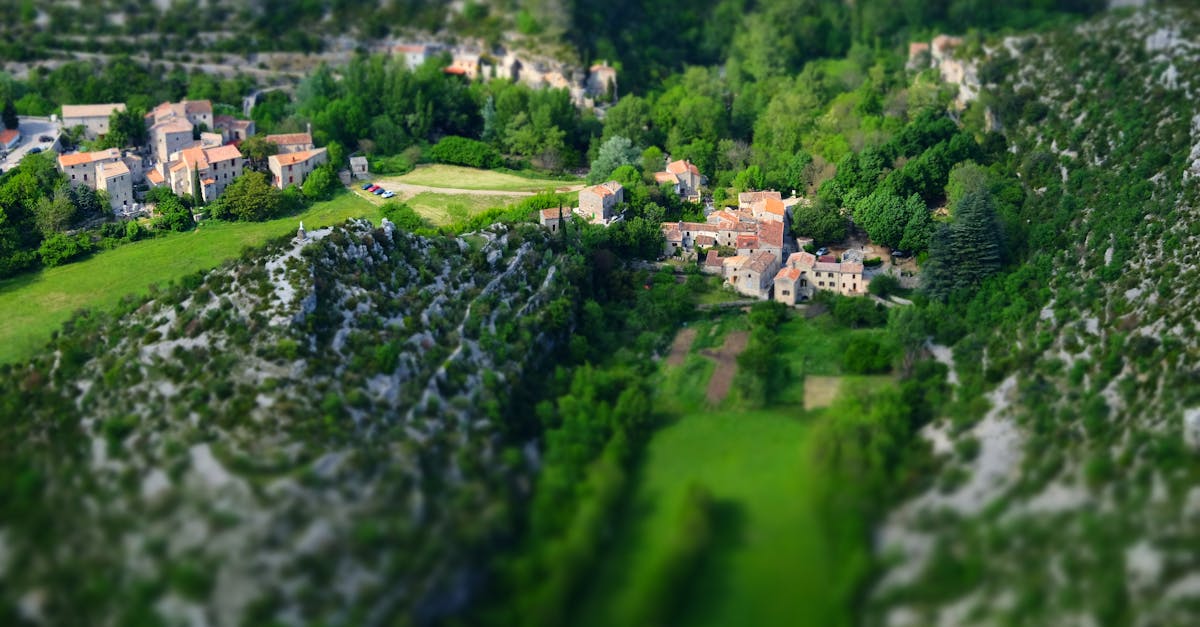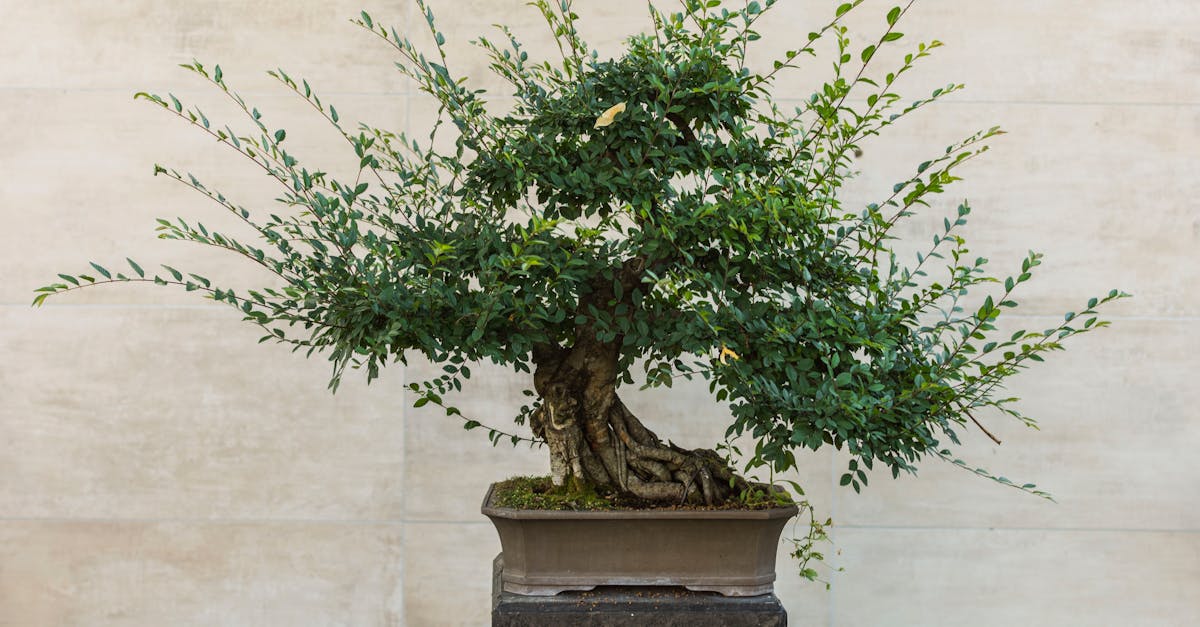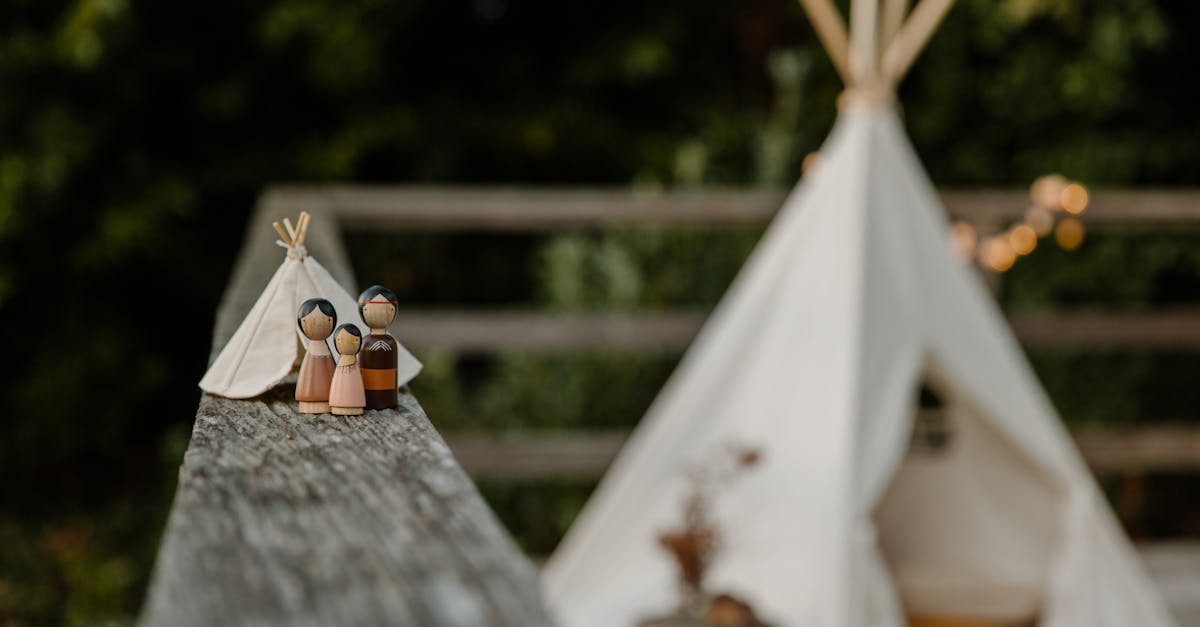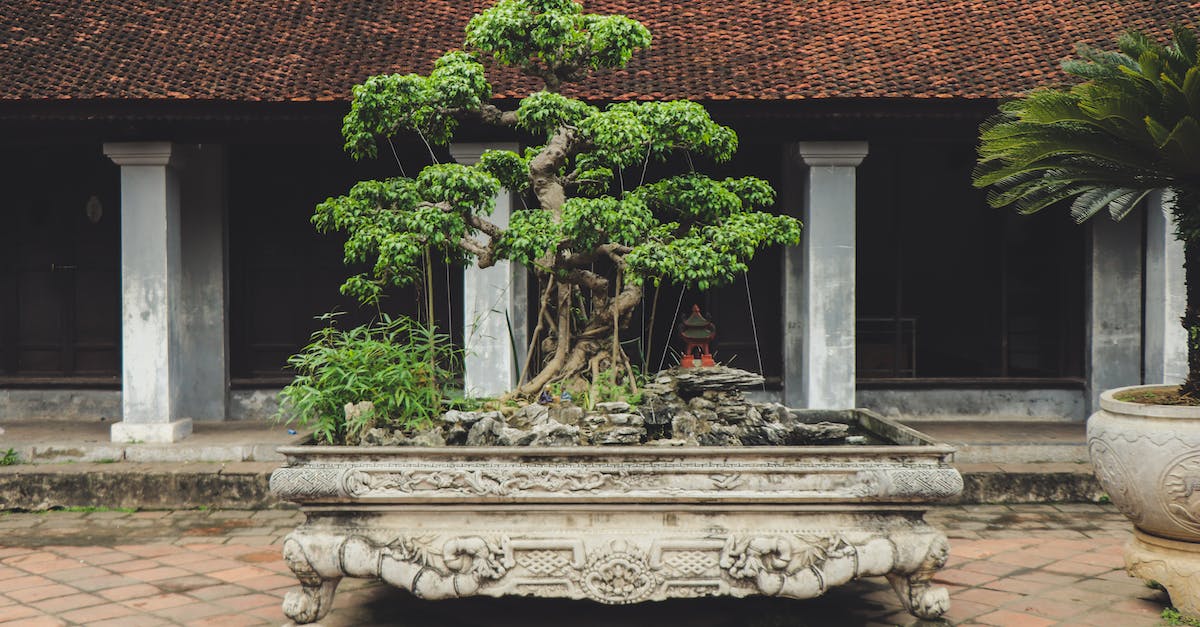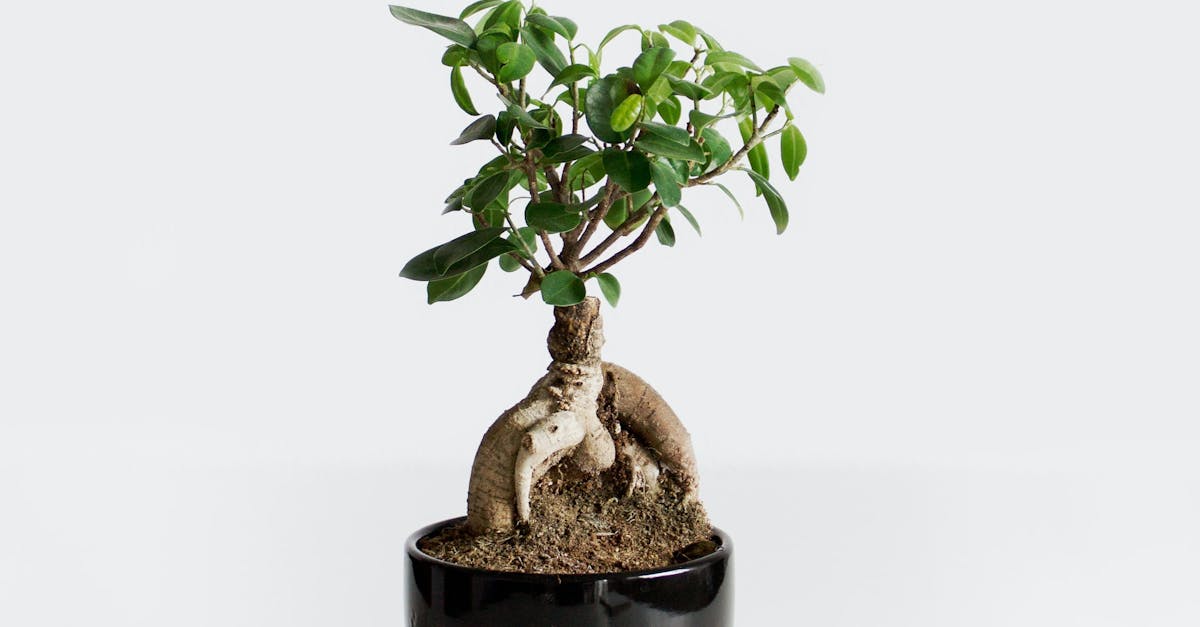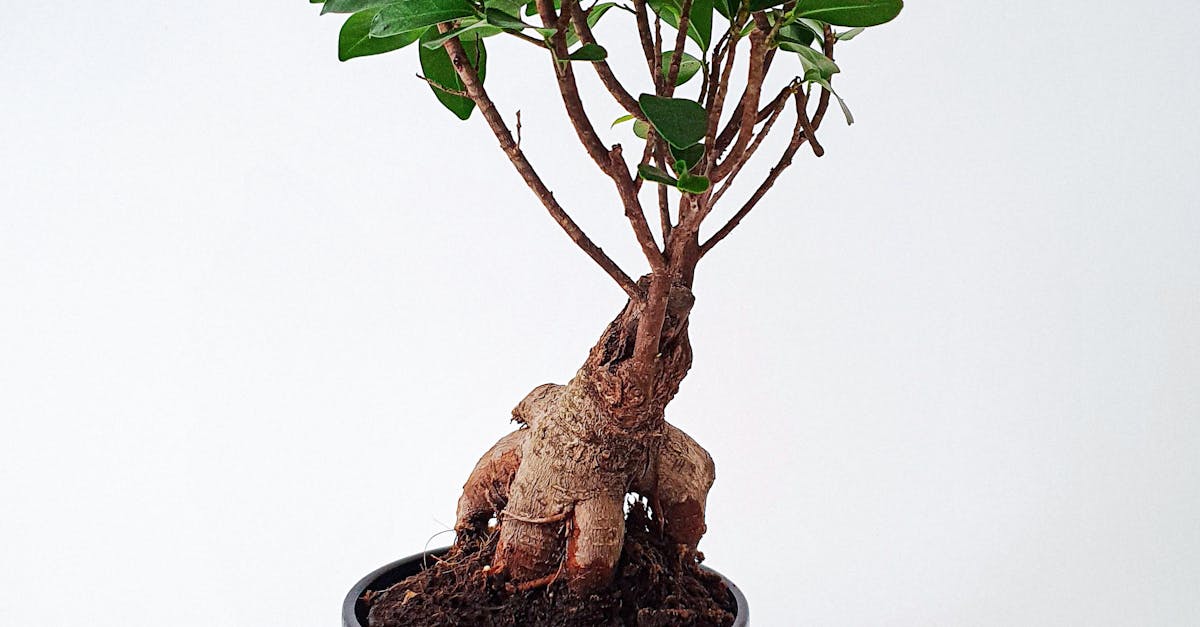The Art of Miniature Grandeur: A Guide to Trident Maple Bonsai
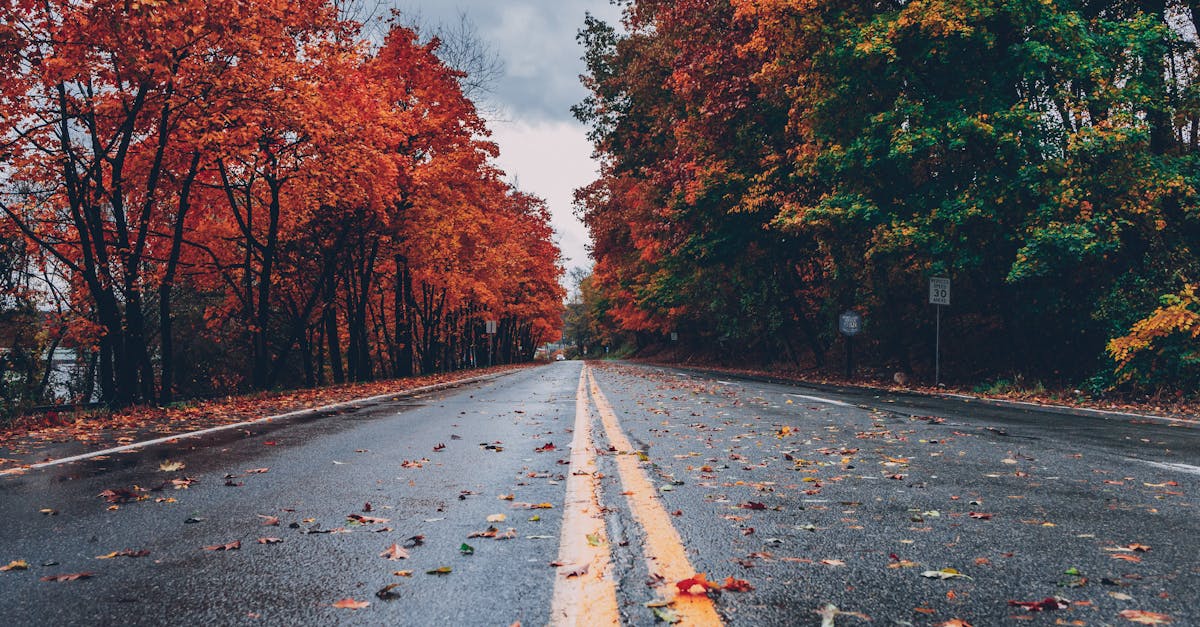
Cultivating a Trident Maple Bonsai is an art form that combines meticulous care with an appreciation for the beauty of nature.
With its captivating miniature size, intricate branching, and vibrant foliage, the Trident Maple (Acer buergerianum) stands as a testament to the skill and dedication of Bonsai enthusiasts.
In this comprehensive guide, we will delve into the secrets of growing and styling Trident Maple Bonsai, empowering you to create your own miniature masterpiece.
1. Introduction to Trident Maple Bonsai
Introduction to Trident Maple Bonsai: Explore the unique characteristics, symbolism, and suitability of Trident Maple trees for the art of Bonsai.
The Trident Maple (Acer buergerianum) is a deciduous tree native to Japan, Korea, and China. It is a popular choice for Bonsai due to its small leaves, compact growth habit, and ability to develop intricate branching. The Trident Maple is also known for its vibrant fall foliage, which ranges from golden yellow to fiery red.
In the art of Bonsai, the Trident Maple is often used to create informal upright, cascade, and literati styles. The tree’s small leaves and dense branching allow it to be styled into a variety of shapes and forms. The Trident Maple is also a relatively easy tree to care for, making it a good choice for beginners.
2. Cultivation Essentials
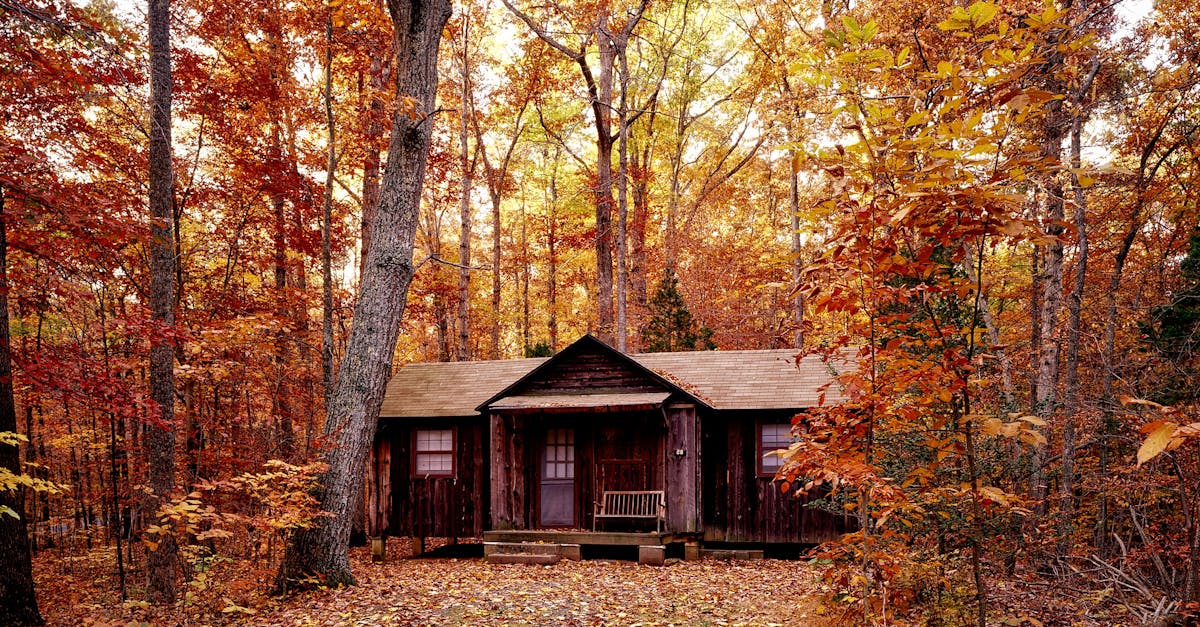
Cultivation Essentials: Master the art of growing healthy and thriving Trident Maple Bonsai trees through proper soil selection, watering techniques, and fertilization practices.
Growing a healthy and thriving Trident Maple Bonsai tree requires careful attention to soil selection, watering, and fertilization. The tree prefers well-draining soil that is rich in organic matter. A mixture of akadama, pumice, and lava rock is often used for Trident Maple Bonsai. When watering, it is important to allow the soil to dry out slightly between waterings. Overwatering can lead to root rot and other problems. Fertilizing should be done regularly during the growing season with a balanced fertilizer.
By following these essential cultivation practices, you can ensure that your Trident Maple Bonsai tree will thrive for many years to come.
Choosing the Right Soil
Choosing the Right Soil: Discover the ideal soil composition, pH levels, and drainage requirements for optimal Bonsai growth.
The type of soil you use for your Bonsai tree is essential for its health and growth. The ideal soil should be well-draining and have a slightly acidic pH level. A mixture of akadama, pumice, and lava rock is often used for Bonsai trees, as it provides good drainage and aeration. You can also add organic matter, such as compost or peat moss, to the soil to help retain moisture and nutrients.
When choosing soil for your Bonsai tree, it is important to consider the type of tree you have. Some trees, such as Trident Maples, prefer slightly acidic soil, while others, such as pines, prefer slightly alkaline soil. It is also important to make sure that the soil is well-draining, as overwatering can lead to root rot and other problems.
Watering Techniques
Watering Techniques: Learn the delicate balance of watering your Bonsai tree, ensuring proper hydration without overwatering.
Watering is one of the most important aspects of Bonsai care. Bonsai trees are more susceptible to underwatering than overwatering, so it is important to find the right balance. The frequency of watering will vary depending on the type of tree, the size of the pot, and the climate. However, a good rule of thumb is to water your Bonsai tree when the soil feels slightly dry to the touch.
When watering your Bonsai tree, it is important to soak the soil thoroughly. You can do this by watering the tree slowly and evenly, until water begins to drain from the bottom of the pot. Avoid overwatering, as this can lead to root rot and other problems. If you are unsure whether or not your tree needs water, it is always better to err on the side of caution and wait a few days before watering again.
Fertilization
Fertilization: Explore the importance of fertilization, selecting the appropriate fertilizers, and understanding the optimal feeding schedule.
Fertilizing your Bonsai tree is essential for its health and growth. Bonsai trees need a regular supply of nutrients to stay healthy and produce new growth. The type of fertilizer you use and the frequency of fertilization will vary depending on the type of tree you have and the climate in which you live.
When choosing a fertilizer for your Bonsai tree, it is important to select one that is specifically designed for Bonsai trees. Bonsai fertilizers are typically low in nitrogen and high in phosphorus and potassium. This helps to promote root growth and flower and fruit production. You should also consider the pH level of your soil when selecting a fertilizer. Most Bonsai trees prefer slightly acidic soil, so you should choose a fertilizer that is slightly acidic as well.
3. Styling Techniques for Trident Maple Bonsai
Styling Techniques for Trident Maple Bonsai: Embark on the creative journey of styling your Trident Maple Bonsai, mastering the techniques of pruning, wiring, and root over rock.
Once you have mastered the basics of Trident Maple Bonsai care, you can begin to explore the creative aspects of styling your tree. Pruning, wiring, and root over rock are three essential techniques that can be used to create a unique and beautiful Bonsai.
Pruning is the process of removing branches and leaves from your Bonsai tree. This can be done to improve the shape of the tree, to control its growth, or to encourage new growth. Wiring is the process of using wire to train the branches of your Bonsai tree into the desired shape. This can be a time-consuming process, but it can be very rewarding. Root over rock is a technique that involves placing the roots of your Bonsai tree over a rock. This can create a very dramatic and eye-catching effect.
Pruning
Pruning: Delve into the principles of pruning, including timing, techniques, and tools used to shape and control the growth of your Bonsai.
Pruning is one of the most important techniques for shaping and controlling the growth of your Bonsai tree. It can be used to remove dead or diseased branches, to encourage new growth, and to create the desired shape for your tree. Pruning should be done carefully and with precision, using the correct tools and techniques.
The timing of pruning will vary depending on the type of tree you have and the climate in which you live. However, most Bonsai trees are pruned in the spring or fall. This is when the trees are actively growing and will be able to heal quickly from any wounds. When pruning, it is important to use sharp tools and to make clean cuts. You should also avoid pruning too much at once, as this can shock the tree and stunt its growth.
Wiring
Wiring: Discover the art of wiring, a technique used to train branches and create desired shapes and forms in your Bonsai.
Wiring is a technique that is used to train the branches of your Bonsai tree into the desired shape. It is a time-consuming and delicate process, but it can be very rewarding. Wiring can be used to create curves, bends, and other shapes in the branches. It can also be used to correct the growth of a branch or to train it to grow in a certain direction.
When wiring your Bonsai tree, it is important to use the correct wire and to apply it carefully. The wire should be thin enough to be flexible, but strong enough to hold the branch in place. It should also be coated with a material that will prevent it from damaging the bark of the tree. When applying the wire, it is important to avoid cutting into the bark. You should also avoid wrapping the wire too tightly, as this can restrict the flow of sap and damage the branch.
Root over Rock
Root over Rock: Explore the advanced technique of root over rock, showcasing the unique fusion of a Bonsai tree and a natural rock formation.
Root over rock is an advanced Bonsai technique that involves training the roots of your tree to grow over and around a rock. This can create a very dramatic and eye-catching effect. Root over rock Bonsai trees are often displayed in shallow pots or on slabs of stone.
Creating a root over rock Bonsai tree is a long and challenging process. It requires patience and skill to train the roots of the tree to grow in the desired direction. The process can take many years, but the results can be very rewarding. When done correctly, a root over rock Bonsai tree is a beautiful and unique work of art.
4. Maintenance and Care
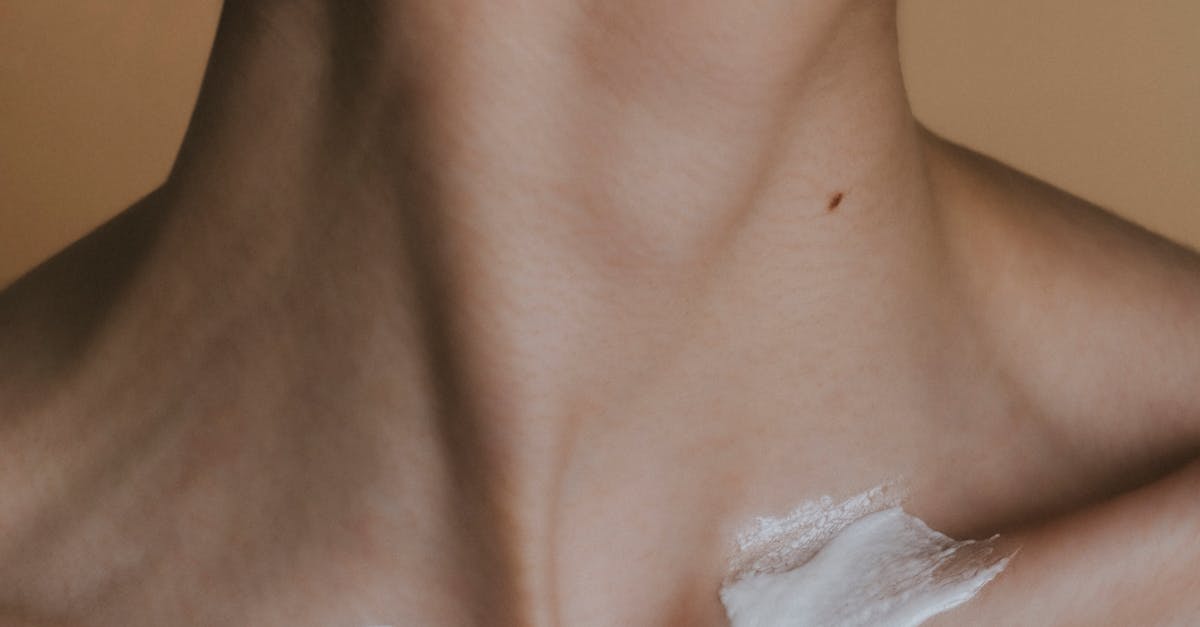
Maintenance and Care: Ensure the long-term health and beauty of your Trident Maple Bonsai through proper pest and disease management, repotting, and seasonal care.
Once you have mastered the basics of Trident Maple Bonsai care, you will need to focus on maintenance and care to ensure the long-term health and beauty of your tree. This includes pest and disease management, repotting, and seasonal care.
Pests and diseases can be a problem for any Bonsai tree, but they can be especially damaging to Trident Maple Bonsai trees. It is important to inspect your tree regularly for signs of pests or diseases. If you find any pests or diseases, you should treat them immediately. Repotting is another important aspect of Bonsai care. Trident Maple Bonsai trees should be repotted every 2-3 years. Repotting helps to refresh the soil and to prevent the roots from becoming pot-bound. Seasonal care is also important for Trident Maple Bonsai trees. In the spring, you should fertilize your tree and begin to water it more frequently. In the summer, you should protect your tree from the sun and heat. In the fall, you should reduce watering and fertilizing. In the winter, you should protect your tree from the cold.
Pest and Disease Management
Pest and Disease Management: Identify common pests and diseases that affect Bonsai trees, and learn effective prevention and treatment methods.
Pests and diseases can be a problem for any Bonsai tree, but they can be especially damaging to Trident Maple Bonsai trees. It is important to inspect your tree regularly for signs of pests or diseases. If you find any pests or diseases, you should treat them immediately.
There are a number of common pests that can affect Bonsai trees, including aphids, mealybugs, and scale. These pests can suck the sap from your tree, which can damage the leaves and weaken the tree. There are also a number of common diseases that can affect Bonsai trees, including powdery mildew, leaf spot, and root rot. These diseases can cause the leaves to turn yellow or brown, and they can also weaken the tree. If you find any pests or diseases on your Bonsai tree, you should treat them immediately. There are a number of different treatment options available, including insecticidal soap, neem oil, and fungicides.
Repotting
Repotting: Understand the importance of repotting, selecting the right soil and container, and performing the process with minimal root disturbance.
Repotting is an important aspect of Bonsai care. Bonsai trees should be repotted every 2-3 years. Repotting helps to refresh the soil and to prevent the roots from becoming pot-bound. When repotting your Bonsai tree, it is important to select the right soil and container. The soil should be well-draining and slightly acidic. The container should be slightly larger than the root ball of the tree.
When repotting your Bonsai tree, it is important to minimize root disturbance. This means that you should carefully remove the tree from its old pot and gently loosen the roots. You should then place the tree in its new pot and fill in the space around the roots with fresh soil. After repotting, you should water your tree thoroughly and place it in a shady spot for a few days.
Seasonal Care
Seasonal Care: Adapt your care routine to the changing seasons, providing appropriate protection and care during winter, spring, summer, and fall.
Seasonal care is important for all Bonsai trees, but it is especially important for Trident Maple Bonsai trees. Trident Maple Bonsai trees are deciduous, which means that they lose their leaves in the fall. During the winter, Trident Maple Bonsai trees should be protected from the cold. You can do this by placing your tree in a cool, dark place, such as a garage or basement. You should also water your tree less frequently during the winter.
In the spring, Trident Maple Bonsai trees will begin to bud and grow new leaves. You should start to water your tree more frequently and fertilize it once a month. You should also move your tree to a sunny location. In the summer, Trident Maple Bonsai trees should be protected from the sun and heat. You can do this by placing your tree in a shady spot or by providing it with shade cloth. You should also water your tree more frequently during the summer. In the fall, Trident Maple Bonsai trees will begin to lose their leaves. You should reduce watering and fertilizing during the fall. You should also move your tree to a protected location before the first frost.
5. Conclusion: The Art of Trident Maple Bonsai
Conclusion: The Art of Trident Maple Bonsai: Celebrate the culmination of your journey into the captivating art of Trident Maple Bonsai, reflecting on the techniques, patience, and dedication required to cultivate these exquisite miniature trees.
Cultivating a Trident Maple Bonsai tree is a rewarding and challenging endeavor that requires patience, dedication, and a deep appreciation for the beauty of nature. By mastering the techniques of cultivation, styling, and maintenance, you can create a living work of art that will bring you years of joy.
As you continue your journey into the art of Trident Maple Bonsai, remember that the most important thing is to enjoy the process. Take your time, learn from your mistakes, and never stop experimenting. With patience and dedication, you will eventually create a beautiful and unique Bonsai tree that you can cherish for a lifetime.
The Patience and Dedication of Bonsai
The Patience and Dedication of Bonsai: Acknowledge the time and effort involved in the art of Bonsai, emphasizing the value of patience and dedication in nurturing these living masterpieces.
The art of Bonsai requires patience, dedication, and a deep love of nature. It is a slow and meticulous process that can take many years to master. However, the rewards of Bonsai are well worth the effort. By nurturing a Bonsai tree, you are not only creating a beautiful work of art, you are also cultivating a sense of peace and tranquility.
The most important thing to remember when practicing Bonsai is that it is a journey, not a destination. There is no such thing as a perfect Bonsai tree, and the goal is not to achieve perfection. The goal is to enjoy the process of caring for your tree and to appreciate the beauty of its natural form.
The Rewards of Bonsai Cultivation
The Rewards of Bonsai Cultivation: Highlight the profound sense of accomplishment, tranquility, and connection with nature that Bonsai cultivation can bring.
In addition to the aesthetic beauty of Bonsai trees, the art of Bonsai cultivation also offers a number of profound rewards. These rewards include a sense of accomplishment, tranquility, and connection with nature.
When you successfully cultivate a Bonsai tree, you will feel a deep sense of accomplishment. This is because Bonsai cultivation is a challenging and time-consuming process. It requires patience, dedication, and a willingness to learn. However, the rewards of Bonsai cultivation are well worth the effort. When you finally see your Bonsai tree thriving, you will feel a sense of pride and accomplishment that is unlike anything else.
What is the best way to water a Bonsai tree?
The best way to water a Bonsai tree is to use a watering can with a fine spout. Water the tree slowly and evenly, until water begins to drain from the bottom of the pot.
How often should I fertilize my Bonsai tree?
Fertilize your Bonsai tree once a month during the growing season (spring and summer). Use a balanced fertilizer that is specifically designed for Bonsai trees.
How do I repot my Bonsai tree?
Repot your Bonsai tree every 2-3 years. Use a well-draining soil mix that is specifically designed for Bonsai trees.

